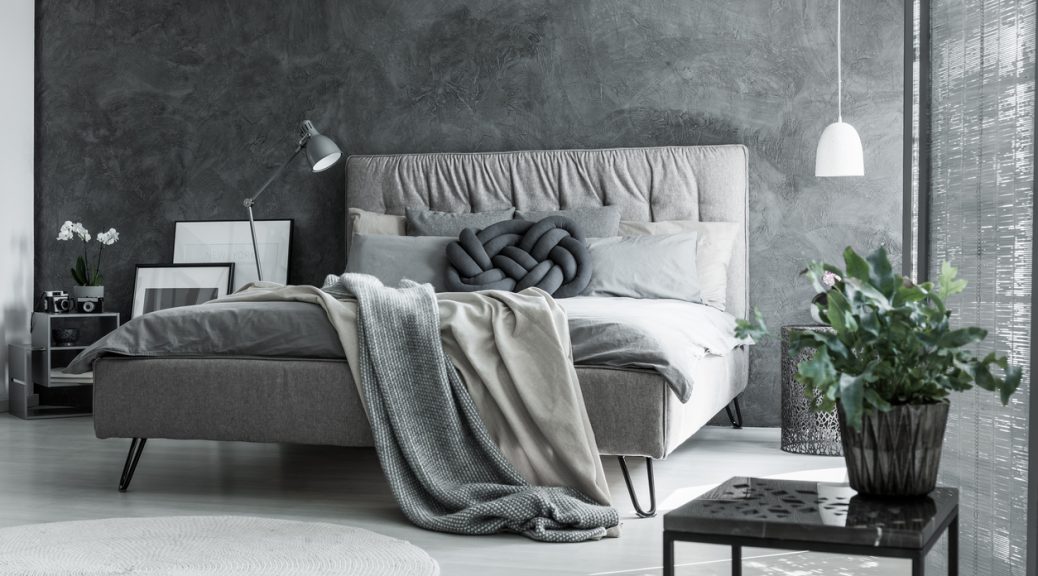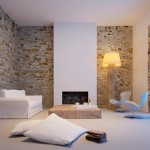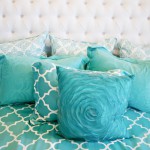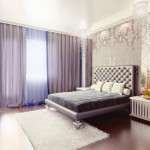Is it a crime to talk about a colour as dull as grey when spring is right around the corner ready to show off its vibrant colours? Not at all. On the contrary! Grey is a lively colour once you learn how to adopt it. Who knows, maybe it’s the colour you’ve been looking for!

Grey is a neutral colour, like black and white. It is the perfect backdrop to make all the colours of the artist’s palette stand out, from lime green to yellow, followed by pink and purple. However, unlike white and black, the contrast is less intense with grey. It is much softer. Grey’s main attribute — its magical trait so to speak — is creating contrasts in a soft and cozy atmosphere.

That is the reason why grey is so efficient when paired with two other colours. It softens the colour trio without affecting the contrast’s depth. Imagine these combos: grey, white and black; orange, white and grey; green, yellow and grey; and so on. Grey is ever-present in the shabby-chic style paired with beige, cream and brown.
It is incorrect to say that grey makes a room look sad unless it is painted all over, in a matte tone and without care. Even a whole wall painted in grey has the power to brighten a room, especially if applied in a faux-finish. A velour or antique finish gives a space a refined and elegant look. That is the reason why the classic style favours grey so much. Its light, soft and smooth attributes are appealing.

A grey gradient design also has the potential to jazz up a room. There are so many shades of grey: light grey, bluish grey or very dark grey with purple undertones. The industrial style prefers steel grey or dramatic grey, like charcoal.
It is said that creative people prefer grey. Pretty ironic! One would have expected a more vibrant colour. Or perhaps creative people favour grey because it is precisely a uniform and neutral colour. Does grey improve concentration?
Grey is a Zen colour. It has nothing in common with the vibrancy of red or orange. It is soothing, soft and warm. Grey is perfect for a child’s bedroom, as long as a few more vivid accents are placed here and there. And grey creates a sense of privacy in the bathroom.

Grey’s neutral tone has the ability to make a valuable object or highly decorative details stand out. For example, a grey floor will make a piece of white furniture, a turquoise door or a set of colourful footstools pop.

Last attribute, but not the least: light grey makes a room feel larger. Grey has been rebuked more than once. Home staging experts avoid recommending it to their customers, both indoors and outdoors. According to some psychologists, choosing grey reveals a lack of self-esteem. However, like most colours, grey should be used in moderation. Grey is not a dull colour when you pair it well. That’s where the colour draws its full potential.
Images: iStock.com



